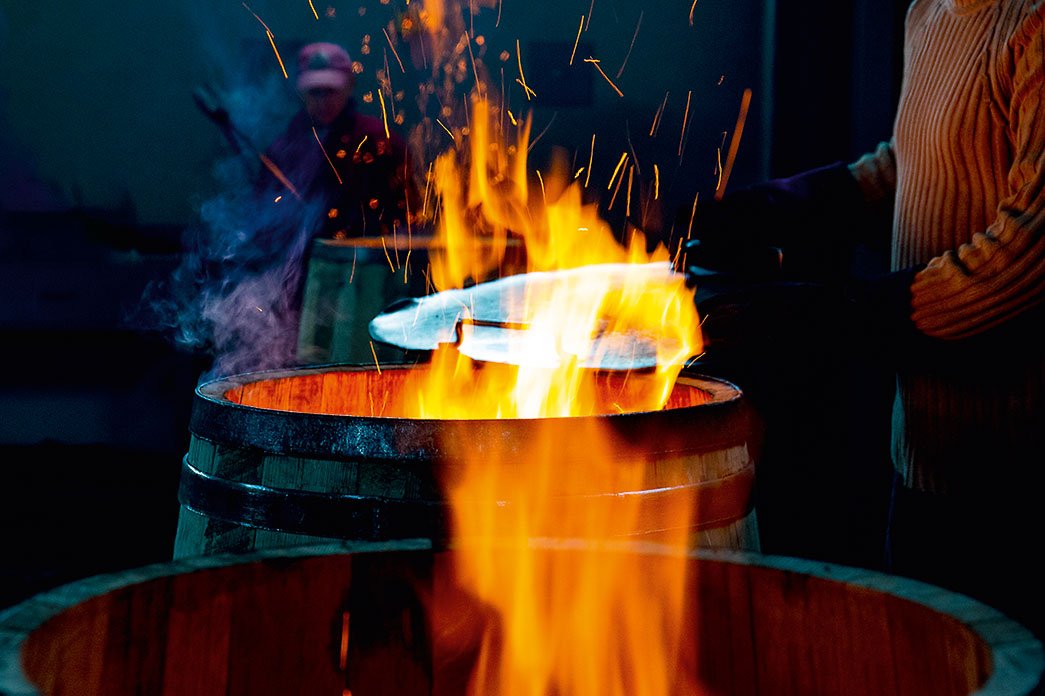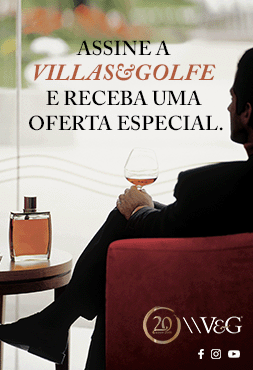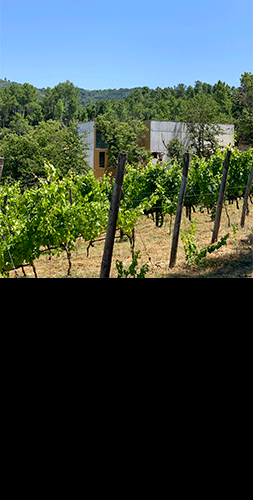
The tradition of cooperage has been in the family for more than a hundred years, but the creation of J. M. Gonçalves, in 2001, brought a new boost to the art of barrels. We spoke with José Abílio Gonçalves, one of the six brothers who are in charge of the cooperage. He realised that studying oenology would be an asset to the business. And indeed it has been. The academic training and the know-how ‘inherited’ from four generations of coopers make him speak of the family tradition, of the wood, barrels and their production process with passion and pride.
José Maria Gonçalves has been a cooper all his life, just like his father. For many years he worked in the leading French cooperages and returned to Portugal in the year of the revolution. He was a man ahead of his time, as the use of barrels only began to thrive from the 1980’s. José Maria’s six children wanted to get involved in the business, with a new approach, investing in new and modern facilities, certifications, the international market and controlling of the origin of wood.
The business is located in Palaçoulo, Miranda do Douro, an inland area and, therefore less advantageous for the business, although the unquestionable ecological purity of the region is beneficial for the woods. But the location has not prevented the business from being successful, as is proven by the numerous awards it has received over the years, such as Best Portuguese SME Exporter of Tradable Goods, or SME Excellence, among others.
J. M. Gonçalves exports about 90% of its production.
«J.M. Gonçalves was created in 2001 and we invested in this new project, with a new cooperage, which started in 2004», says José Abílio, adding that one of the three production facilities is still that of his father, which was refurbished in 2014. While the production of his father’s project was mainly destined for the national market, J.M. Gonçalves exports about 90% of its production. «The USA (California) is our main market, Spain is the second», reveals José Abílio. Another distinguishing element of this project is the fact that they control the path the wood takes. «From the forest to the wine cellar, a path that is always controlled», say José Abílio proudly. French oak is the most used wood and right after that, American oak.«The barrels have different names because they have distinct technical characteristics», says José Abílio. Selection, White Selection, White Reserva, Grande Reserva, Spin Barrel, Red Fruit are some of the types of barrels. Some are produced with fine grain and others with extra fine grain. «The grain is the speed of the wood’s growth. On average it will grow eight to ten rings per centimetre. In fine grain there are three to five rings per centimetre. The extra fine has a higher cost, which results in a more expensive barrel», explains José Abílio.
«From the forest to the wine cellar, a path that is always controlled»
Cutting the wood into staves, washing, drying (24 to 36 months), assembly, heat treatment, which includes burning, are some of the production stages. «We have burning protocols that are made at low temperatures so that it is deeper, or higher temperatures, more superficial. We also have the intensities. There we can get the notes of more or less toasting», says José Abílio. The final stage is packaging. «We are the only cooperage that has a protocol for container loading and packaging of the barrel. We always wrap them in a plastic film, to avoid the danger of contamination, because transport can take up to two months to reach some destinations». And at their destination, new blends will taste of Portugal, aromas of an art that is made with passion!













